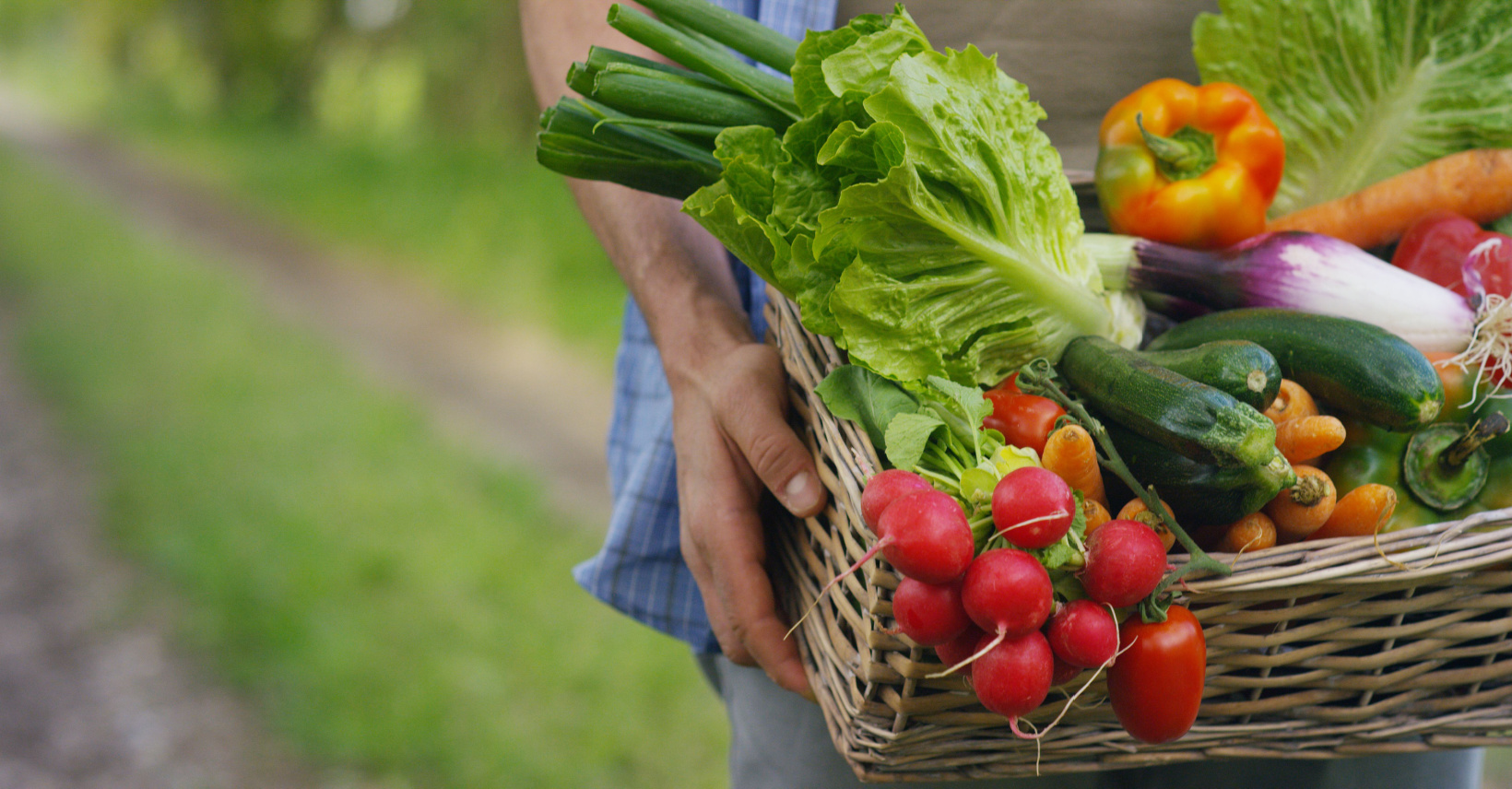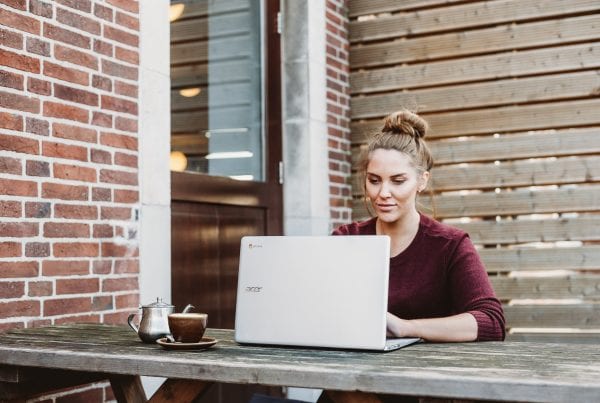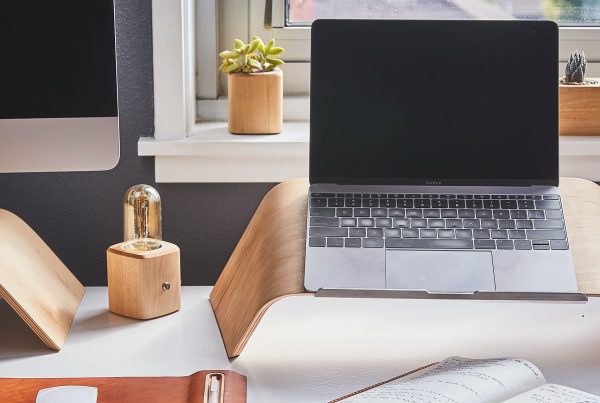No matter the economic situation, food is always one of the highest-priced items on any family’s budget. And it seems like every week, we’re spending more at the grocery store than the week before. So it’s no wonder that many people are looking for ways to reduce their grocery bills.
One excellent way to do this is by growing your own food. This rewarding hobby saves you money, puts you closer to nature, and gives you something healthy to do all at once. With a little bit of planning, basic gardening supplies, and some work, you can grow your own fruits, vegetables, and herbs. And here’s a plus. Ywill definitely save a bundle at the supermarket. But you will also have the satisfaction of knowing that the food you are eating is fresh, healthy, and free of pesticides and harmful chemicals!
So if you’re ready to dive into growing your own food this year, we’ve got you covered. The following is a basic guide to help you save money on food by gardening.
What Kind of Garden Will You Have?
The first step in planning your garden is to decide how much space you have and where it will be located. While outdoor gardens are ideal, not all of us have that option. Some people don’t have the land to dig up. You can plant a garden indoors or in your backyard. Either way, you can save money on food by growing your own.
When choosing your garden location, make sure to consider the amount of direct sun available. For example, if the area does not get a lot of sunlight, then you will need to choose plants that can thrive in partial shade. However, as a general rule with fruits and vegetables, the more sun, the better.
If you are growing indoors, remember water filtration. Plants need a lot of water, and drainage will be necessary. Ensure you protect the floor under your plants so you don’t ruin it. You won’t be saving any money at all if you have to lay new carpet or hardwood flooring. An easy way to do this is to set your posts inside large shallow bins.
How To Pick What You Will Grow
Now that you know where your garden will be, you can choose what you want to grow. There are a few factors to consider when choosing which fruits and veggies are best for your “crop” this year. So grab a notebook and a pen and let’s look at how to pick what you will grow to save money this year.
Perhaps the most significant factor in choosing the right plants is how you eat. For example, cilantro is easy and fast-growing. But if you don’t eat much of it, it’s better to put your time and energy into something else. We know this is stating the obvious, but you will notice that once you get into the hobby of gardening, it’s tempting to grow anything and everything. Stick to less than ten different plants for this year. Then, next year, after you have some experience, you can expand your crop.
Next, consider the amount of sun and shade your garden space receives. This will determine what type of plants will thrive in your garden. Consider also the amount of water that your garden will need. If you live in an area with drought conditions, you must select drought-tolerant plants. Also, be sure to consider the size of each plant. For example, lemon seeds may be tiny, but they grow into trees.
For a beginning gardener, it’s vital to choose plants with a high success rate. In other words, plants that are easy to grow. But don’t worry. Some of the easiest vegetables to grow are also some of the most popular. Here are some of the easiest vegetables to grow:
- Tomatoes
- Peppers
- Cucumbers
- Squash
- Lettuce
- Beans
- Spinach
- Cilantro
- Watermelon
- Pumpkin
Now that you have an idea of what you will benefit from growing, what your garden space can accommodate, and what plants are easiest, let’s talk about planting zones.
Planting Zones
The United States is divided into planting zones that indicate which plants are most likely to thrive in which areas. Often referred to as hardiness zones, they give gardeners a better chance of success by helping them choose plants adapted to the local climate.
The USDA Hardiness Zone Map is the most widely used map of its kind and is used by nurseries and garden centers to label plants that are likely to thrive in a particular area. This map divides the country into 10-degree F zones. Each zone is further divided into subzones A and B.
When choosing which foods you will grow, knowing your zone is essential. You can do this by simply entering your zip code in the search box on the UDSA plant hardiness zone website.
Mise En Place – Gathering Supplies
Now that you have your garden planned out and know what you will grow, it’s time to gather your supplies. French chefs use the phrase “mise en place” to refer to the setup, organization, and preparations ready before cooking. This idea works well with growing food too. Having everything you need makes for a streamlined and rewarding experience.
Remember, you are trying to save money on food by growing your own, so don’t go crazy with supply shopping. Most of the items you need you probably already have. And those you don’t own, you can borrow or purchase used or cheap. Here are the basic things you need to get started.
Seeds – You can get seeds for virtually any fruit, vegetable, and herb in grocery and garden stores. They are very cheap, and a small package contains quite a few of them. The biggest hack to growing your own fruits and vegetables is using some you already have. For example, things like potatoes that sprout in your cupboard can be planted directly in the soil to produce more like them. You can even cut off the tops of carrots and use those! There are plenty of foods you can grow from scraps in your kitchen.
Planters (pots) – If you’re growing your food indoors or in a small space, you’ll need some pots or planters. Make sure to get an appropriate size for the plant you’re growing. There is no need to go out and buy expensive fancy planters. Old burlap sacks, plastic bins, and five-gallon buckets all work great. Just make sure you put holes in the bottom for draining.
Soil – Good quality potting mix or garden soil is important, but you don’t have to spend a fortune on the fancy stuff. Even the lower-priced gardening soils sold in the store are nutrient-rich. Also, simply collecting it from the ground is how people have been gardening since the dawn of time. This will depend on where you live, of course. If you are in a desert climate, you will need to purchase your soil.
Sunshine – Most plants need at least six hours of sunlight a day. If you’re growing indoors, away from a direct-light window, you might need to invest in some grow lights.
*Tip – If you have cats, they may want to dig around in your planters or garden. Place wooden chopsticks halfway into the soil, a paw-size from each other to keep your furry friends out of your plants.
Closing Thoughts
Growing your own food is a great way to save money, get in touch with nature, and pass the time. With a little knowledge, good planning, motivation, and determination, you can harvest fruits, vegetables, and herbs that are healthy and delicious. And they will cost a fraction of what they would if bought in-store. Happy Planting, friends!











